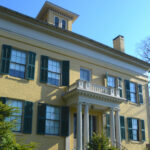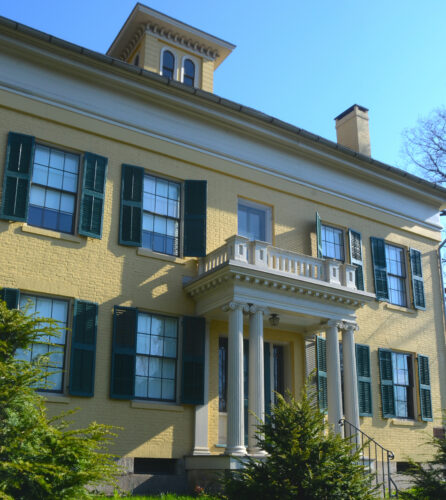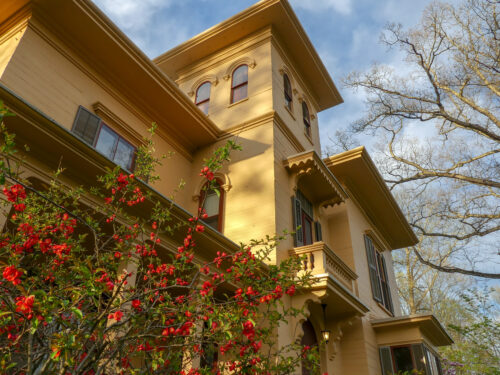For Immediate Release
Contact:
Patrick Fecher
publicrelations@emilydickinsonmuseum.org
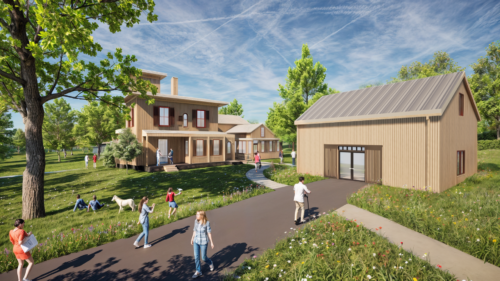
Digital rendering of completed Evergreens Carriage House (edmsSTUDIO)
EMILY DICKINSON MUSEUM OPENS NEWLY RECONSTRUCTED CARRIAGE HOUSE THAT ONCE STOOD ON THE HISTORIC PROPERTY
On Saturday, May 10, the Emily Dickinson Museum will celebrate the opening of the John and Elizabeth Armstrong Carriage House and the reopening of The Evergreens during its annual Poetry Walk event.
(AMHERST, Mass., April 3, 2025) – The Emily Dickinson Museum has completed the reconstruction of the carriage house that once stood to the east of The Evergreens, the home of Emily Dickinson’s brother Austin and his wife Susan. The carriage house will initially serve as a site for visitor welcome, orientation and museum shop, while also enabling the third and final phase of the Dickinson Homestead restoration.
The exterior appearance of the carriage house is as faithful as possible in its design to evidence accumulated from historic maps, lithographs, and photographs. The interior layout mimics that of the historic carriage house while optimizing modern functions and flow. At the outset of the design phase, museum staff worked with architects at edmSTUDIO to track down details of the original structure in historic maps, deeds, insurance documents, photographs, and archaeological reports. During the course of construction, museum staff discovered that the carriage house was most likely constructed at the same time as the Italianate portion of The Evergreens dwelling, built in 1856, rather than earlier as originally thought. In a photograph taken in about 1870, the carriage house appears as a prominent yet simple vernacular structure with window and door openings barely visible. Insurance maps from the late nineteenth and early twentieth centuries revealed that it was a wood frame structure with two levels and a metal roof. Wandering journalist Christopher Morley documented the structure in his 1936 travel memoir Streamlines. Details such as these gave the design team guidance about the exterior appearance and finishes.
Along with reconstructing the historical appearance of the carriage house, the Museum prioritized sustainability with the goal of achieving passive house certification from the Passive House Institute US. Architects Monica Del Rio Perez and Tim Widman of edmSTUDIOS collaborated on a design using construction techniques and materials that will result in significant energy savings and eliminate reliance on fossil fuels for heating and cooling. The Museum engaged Teagno Construction, Inc., who recently worked on the second phase of Homestead restoration, as general contractor for the project.
The carriage house reconstruction project was supported by a major pledge from former Board members and long-time friends John and Elizabeth Armstrong. “We’ve always been proud of our association with the Museum, recognizing its importance to our regional community and now–through the wonders of technology–to the world.” stated Elizabeth, adding, “We’ve been drawn over the years to supporting singular projects that open multiple possibilities for the Museum. The carriage house is just such a project.”
Jane and Robert Keiter Family Executive Director Jane Wald says, “Opening the carriage house is a significant milestone in long-range goals for the Emily Dickinson Museum established more than twenty years ago. Much has happened between then and now thanks to the many supporters who have shared the Museum’s vision–and especially thanks to John and Elizabeth Armstrong who have been steadfast friends of the Museum since its establishment. By moving some functions into the carriage house, the Museum can more quickly complete the last phase of restoring Emily Dickinson’s Homestead so that her daily life and literary legacy can be more fully presented and appreciated in the place it was created. Moreover, we couldn’t be more pleased that this commitment to passive house construction and environmental responsibility reflects Dickinson’s regard for the natural world and the inspiration she drew from it.”
Erin Martin, Senior Director of Development says, “We are deeply grateful to the Armstrongs for their extraordinary generosity and leadership – which moved this project from the pages of our long-range plan and made it a reality. The carriage house is a testament to the Armstrong’s’ long partnership with the Emily Dickinson Museum and is their gift to the wide community of people both here and around the world who love the poet, and this place.
Closed since August due to carriage house construction, The Evergreens will reopen to the public on May 1st. The Emily Dickinson Museum used the period of closure as an opportunity to stabilize and conserve the first floor hallway wallpaper. This work was completed by Works on Paper, LLC. As of May 1st, tickets to the Emily Dickinson Museum will include tours of both the Homestead and The Evergreens.
On May 10, in honor of the 139th anniversary of the poet’s death, the Emily Dickinson Museum will host their annual Poetry Walk through downtown Amherst, the town Dickinson called “paradise.” This year’s Walk celebrates the opening of the newly reconstructed carriage house and the reopening of The Evergreens with stops that explore its significance to Amherst’s cultural landscape and to the poet herself. This is a free public program.
ABOUT THE PROJECT
The design calls for reconstructing the exterior historic appearance of the carriage house as faithfully as possible while optimizing interior functions and flow. At the outset of the design phase, museum staff worked with architects at edmSTUDIO to track down details of the original structure in historic maps, deeds, insurance documents, photographs, and archaeological reports. The original structure may have been built as early as the 1840s as an outbuilding associated with the modest cottage owned by the poet’s father, which was incorporated into The Evergreens dwelling, built for Austin and Susan Dickinson in 1856. In a photograph taken in about 1870, the carriage house appears as a prominent yet simple vernacular structure with window and door openings barely visible. Insurance maps from the late nineteenth and early twentieth centuries revealed that it was a wood frame structure with two levels and a metal roof. Details such as these gave the design team guidance about the exterior appearance and finishes.
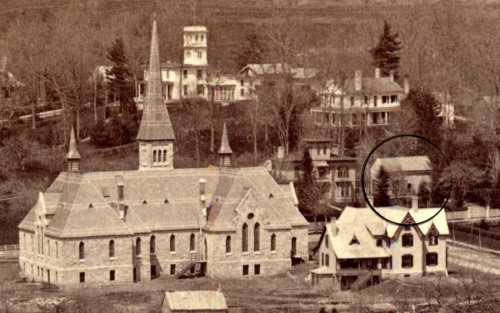
Archival photograph of The Evergreens and Carriage House (in middle ground of photo)
As new construction, the carriage house gives the Emily Dickinson Museum an opportunity to combine its sustainability and historical priorities. Since 2006, the museum has recognized that full interpretation of the historic Dickinson site and the poet’s life cannot be completely understood from a functional and aesthetic perspective without reconstruction of the outbuildings. While the current project is being carried out as a “historic reconstruction,” it also gives the museum the opportunity to advance its sustainability goals. Working with Monica Del Rio Perez and Tim Widman of edmSTUDIO, the design calls for construction techniques and materials selections that will produce significant energy savings and carbon reduction for heating and cooling. The museum has engaged Teagno Construction, Inc., as general contractor for the project.
Jane and Robert Keiter Family Executive Director Jane Wald says, “Reconstruction of the Evergreens carriage house is a true milestone for the Emily Dickinson Museum. It’s the linchpin of our future plans to complete the Homestead restoration – an effort that’s already transformed our sense of who Emily Dickinson was and how she lived. Not only does the carriage house begin to fill out the Dickinson landscape, but its flexible interior also offers greater comfort, better service, and much-needed space for public and educational programming that’s already on the drawing board.”
For press-approved images: https://bit.ly/Press-Carriage-House
To learn more about Poetry Walk: EmilyDickinsonMuseum.org/poetry-walk-2025
ABOUT THE EMILY DICKINSON MUSEUM
The Emily Dickinson Museum is dedicated to sparking the imagination by amplifying Emily Dickinson’s revolutionary poetic voice from the place she called home.
The Museum comprises two historic houses—the Dickinson Homestead and The Evergreens in the center of Amherst, Mass.—that were home to the poet (1830-1886) and members of her immediate family during the nineteenth and early twentieth centuries. The Museum was created in 2003 when the two houses merged under the ownership of the Trustees of Amherst College. The Museum is overseen by a separate Board of Governors and is responsible for raising its own operating, program, and capital funds.
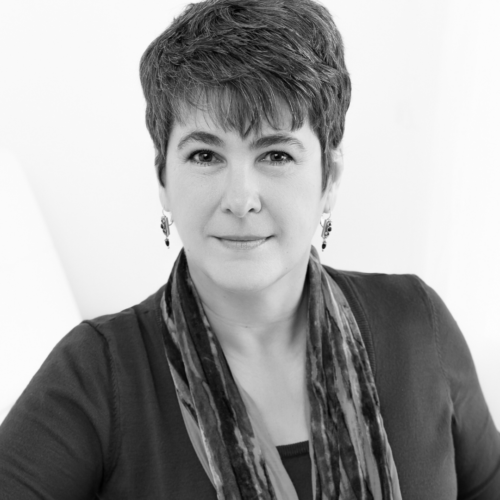
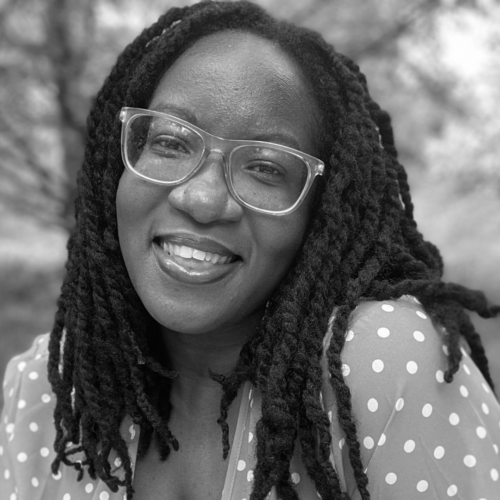 Nadia Alexis is a poet, writer, and photographer born and raised in Harlem, New York City to Haitian immigrants, and she currently resides in Mississippi. Her debut full-length collection of poetry and photography, Beyond the Watershed, is forthcoming with CavanKerry Press in March 2025, and it was also a finalist for the 2022 Ghost Peach Press Prize. Her writing and photography have been published widely, and she has received several awards and honors including a 2025 Literary Arts Fellowship and a 2024 Artist Mini-Grant from the Mississippi Arts Commission, a 2024 Mississippi STAR Teacher Award, a 2024 Vance Fellowship from the Natchez Literary and Cinema Celebration, the 2023 Poet of the Year Honoree of the Haitian Creatives Digital Awards, a semifinalist position in the 2020 92Y Discovery Poetry Contest, a nomination for the 2020 Mississippi Institute of Arts and Letters photography award, and an honorable mention prize in the 2019 Hurston/Wright College Writers Award for poetry. Nadia’s photography has been exhibited in several shows in the U.S., Cuba, and virtually. A fellow of the Callaloo Creative Writing Workshop, The Watering Hole, and the Poets & Writers Get the Word Out Publicity Incubator, she holds a PhD and an MFA in Creative Writing from the University of Mississippi.
Nadia Alexis is a poet, writer, and photographer born and raised in Harlem, New York City to Haitian immigrants, and she currently resides in Mississippi. Her debut full-length collection of poetry and photography, Beyond the Watershed, is forthcoming with CavanKerry Press in March 2025, and it was also a finalist for the 2022 Ghost Peach Press Prize. Her writing and photography have been published widely, and she has received several awards and honors including a 2025 Literary Arts Fellowship and a 2024 Artist Mini-Grant from the Mississippi Arts Commission, a 2024 Mississippi STAR Teacher Award, a 2024 Vance Fellowship from the Natchez Literary and Cinema Celebration, the 2023 Poet of the Year Honoree of the Haitian Creatives Digital Awards, a semifinalist position in the 2020 92Y Discovery Poetry Contest, a nomination for the 2020 Mississippi Institute of Arts and Letters photography award, and an honorable mention prize in the 2019 Hurston/Wright College Writers Award for poetry. Nadia’s photography has been exhibited in several shows in the U.S., Cuba, and virtually. A fellow of the Callaloo Creative Writing Workshop, The Watering Hole, and the Poets & Writers Get the Word Out Publicity Incubator, she holds a PhD and an MFA in Creative Writing from the University of Mississippi.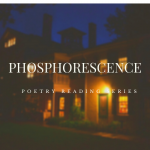
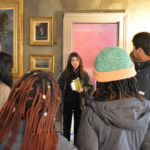
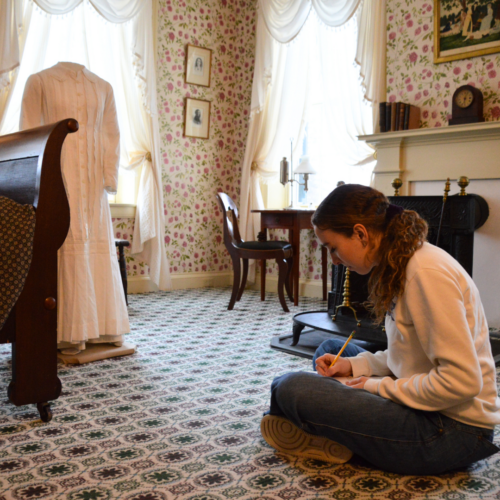
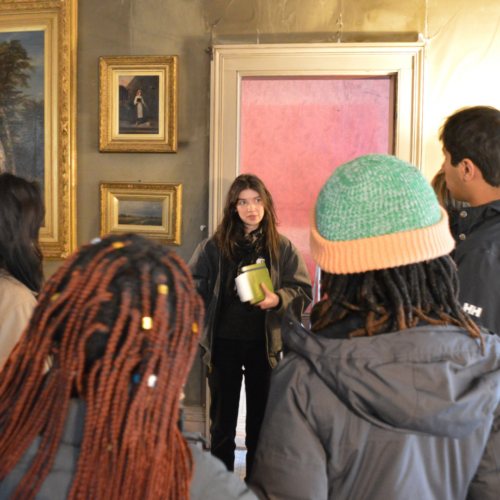 The Museum’s general audience tours are led by knowledgeable guides who introduce Dickinson’s journey as a poet, with an emphasis on sharing her poems and letters.
The Museum’s general audience tours are led by knowledgeable guides who introduce Dickinson’s journey as a poet, with an emphasis on sharing her poems and letters.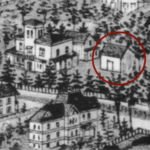


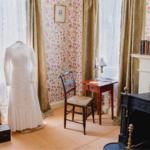
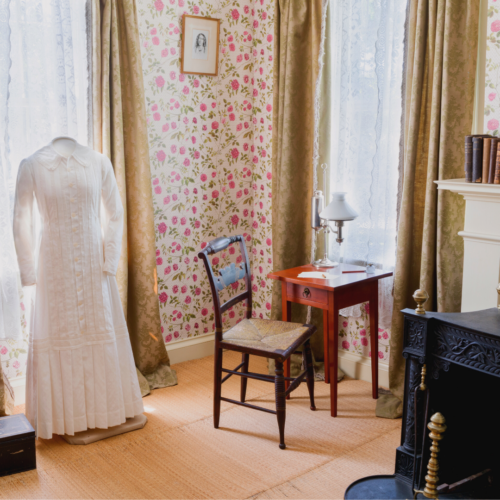
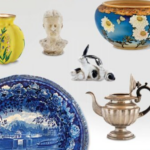
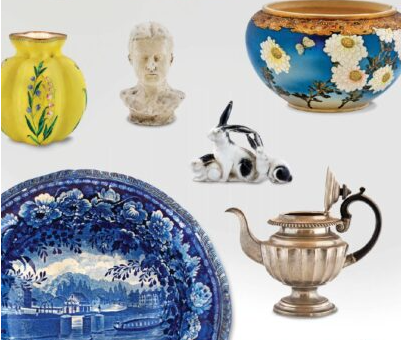
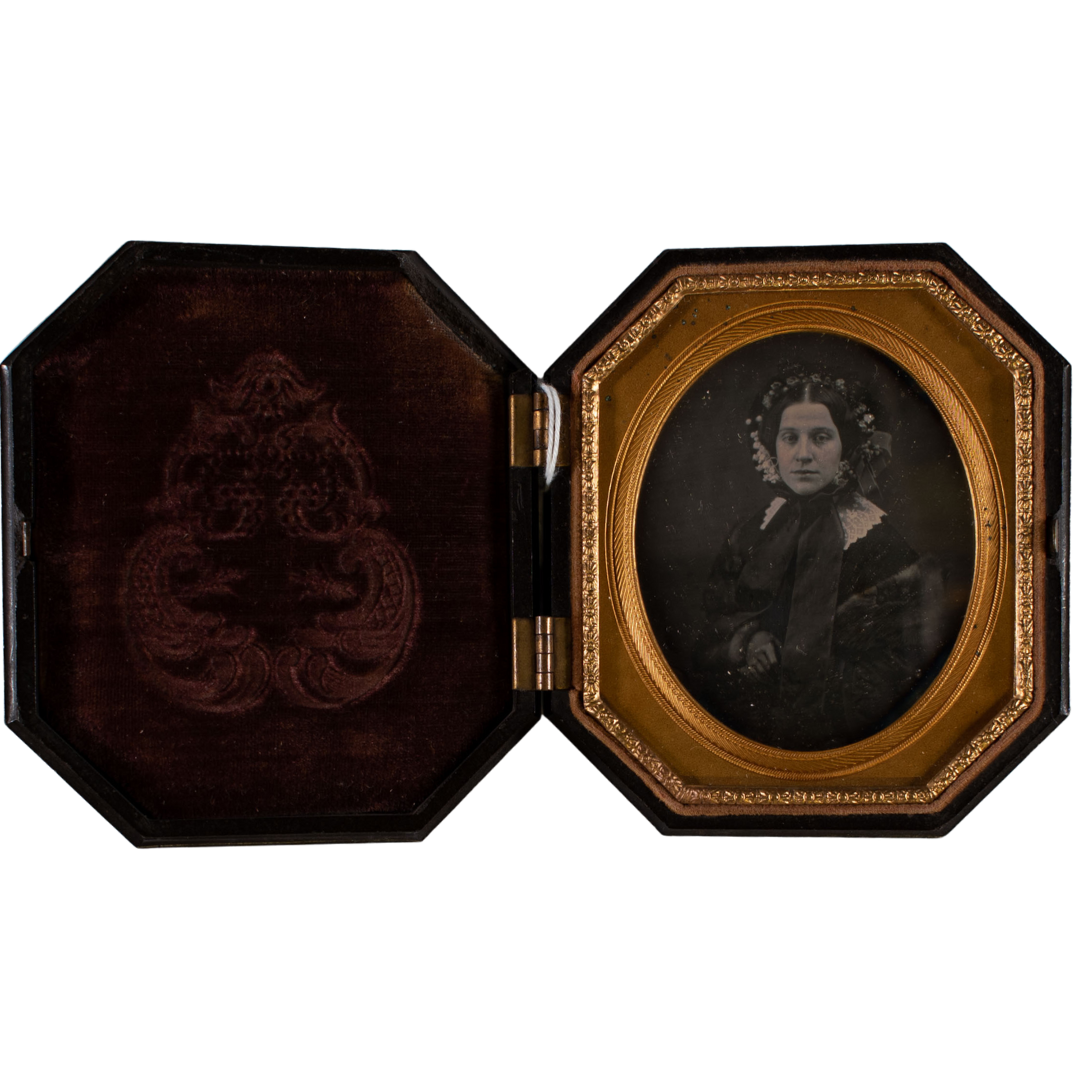
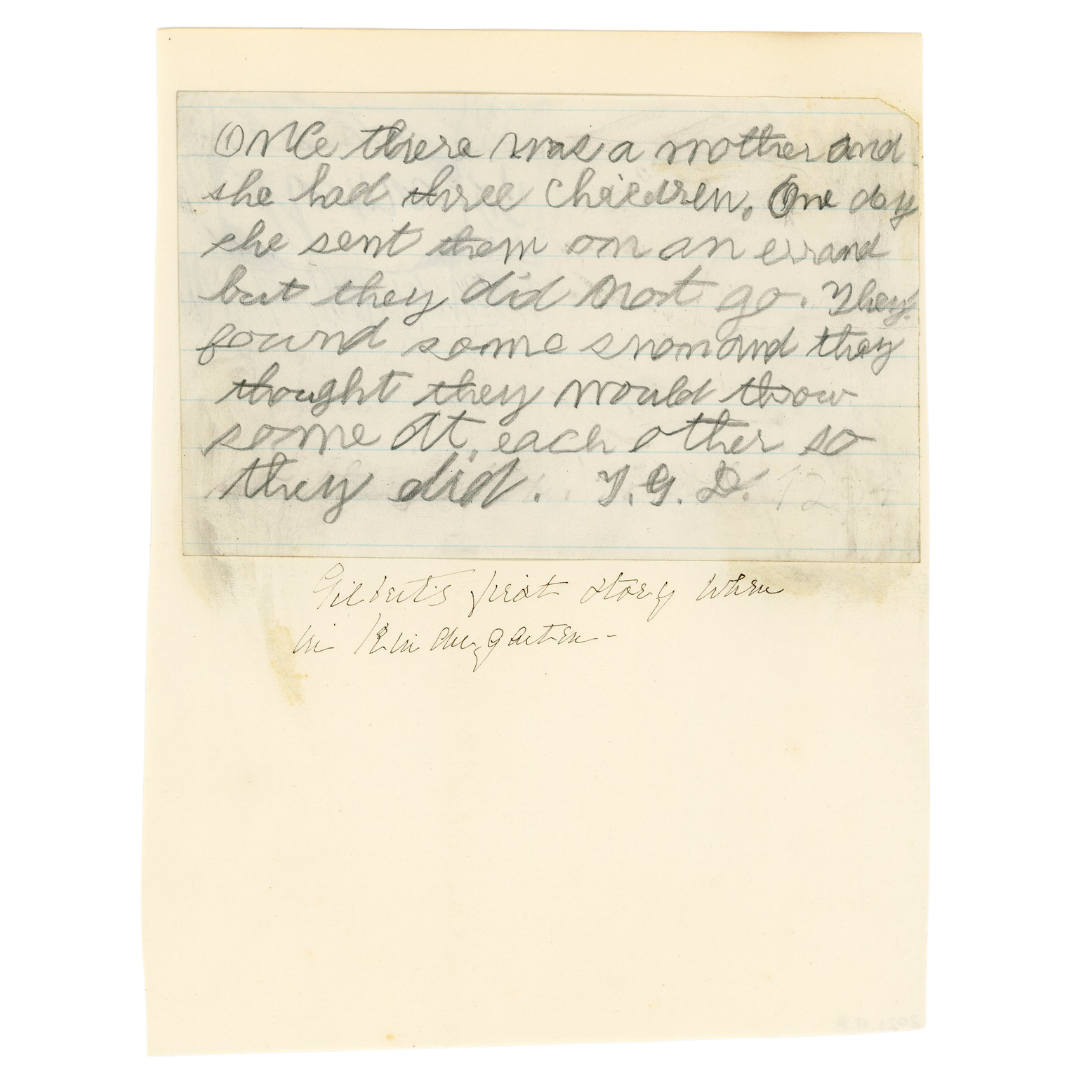
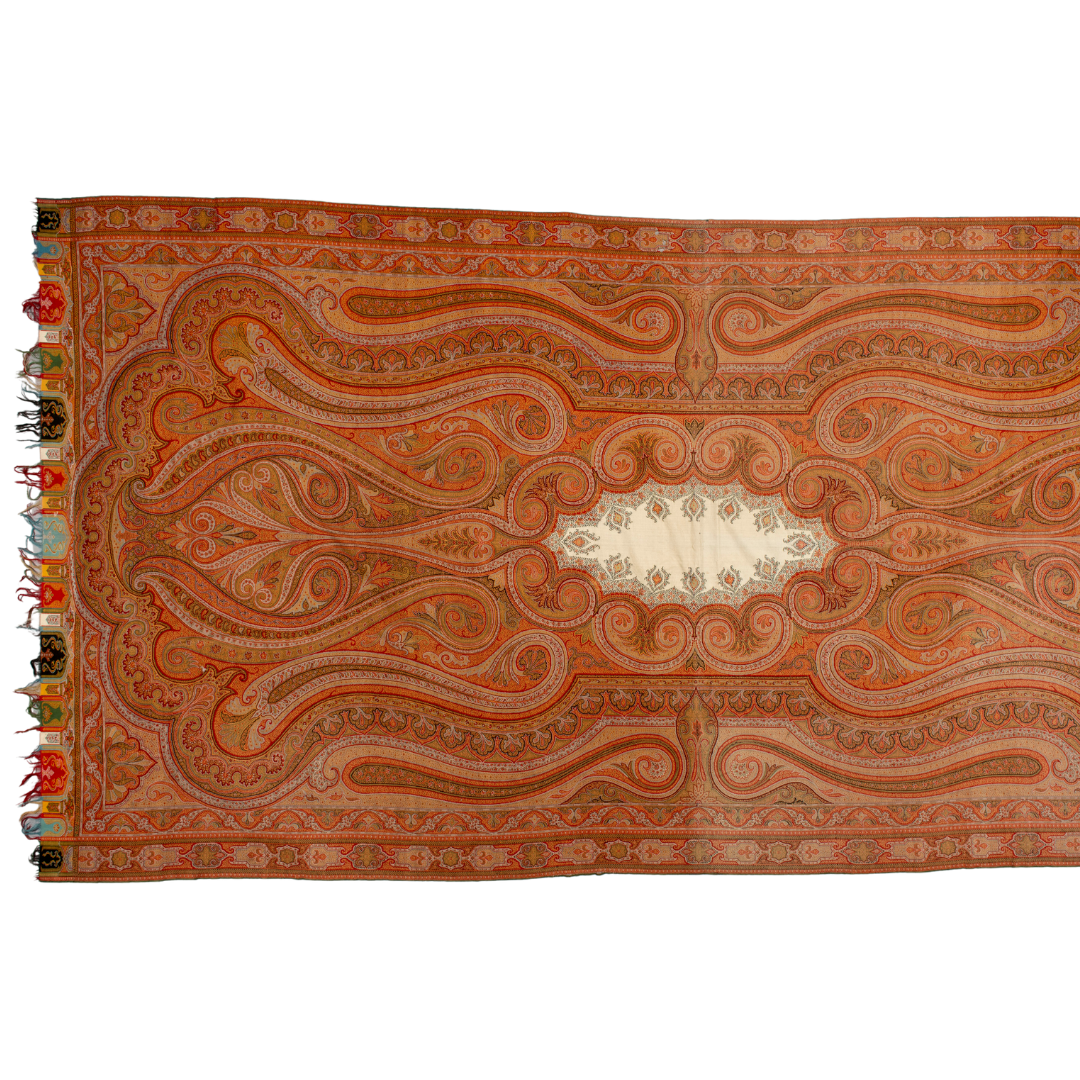
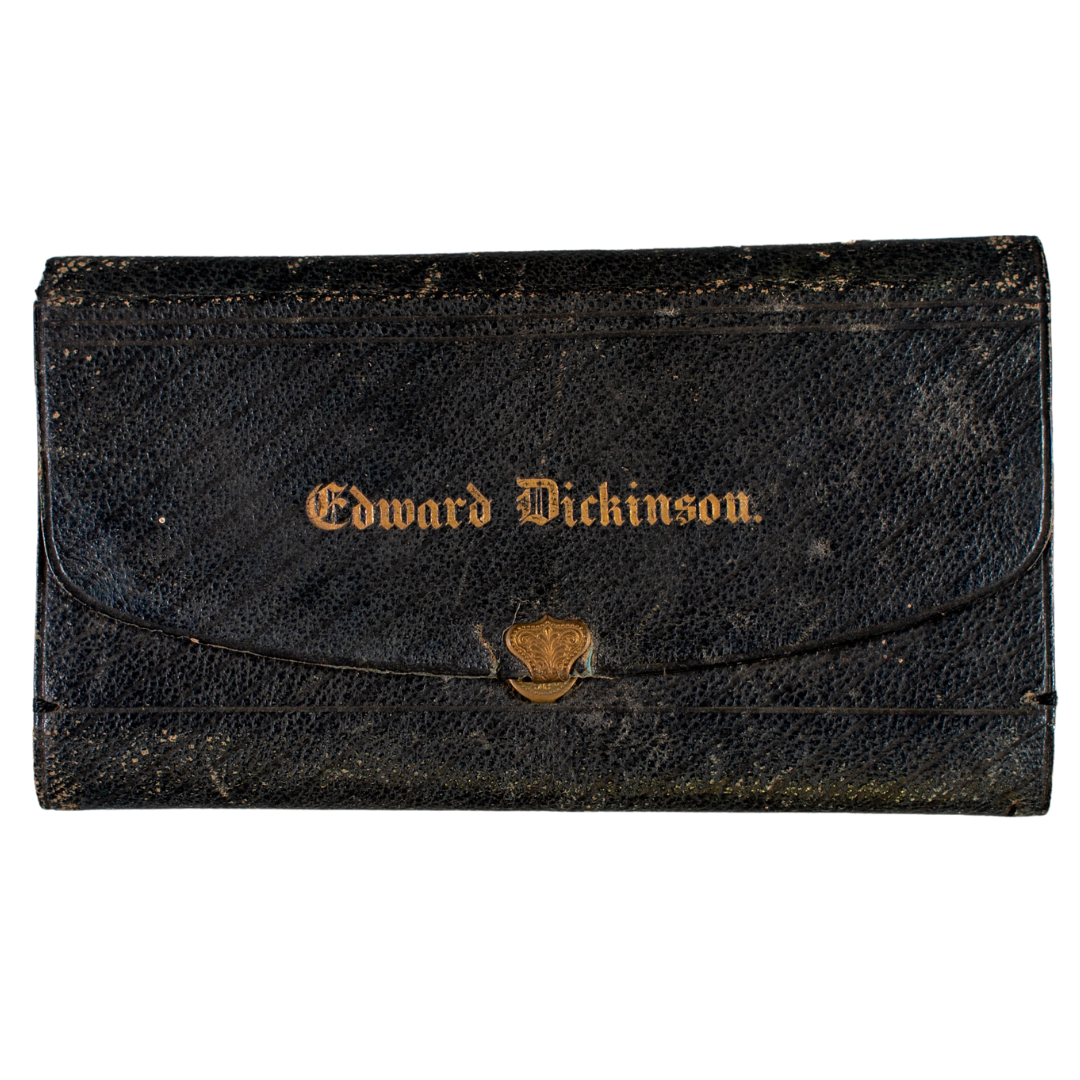
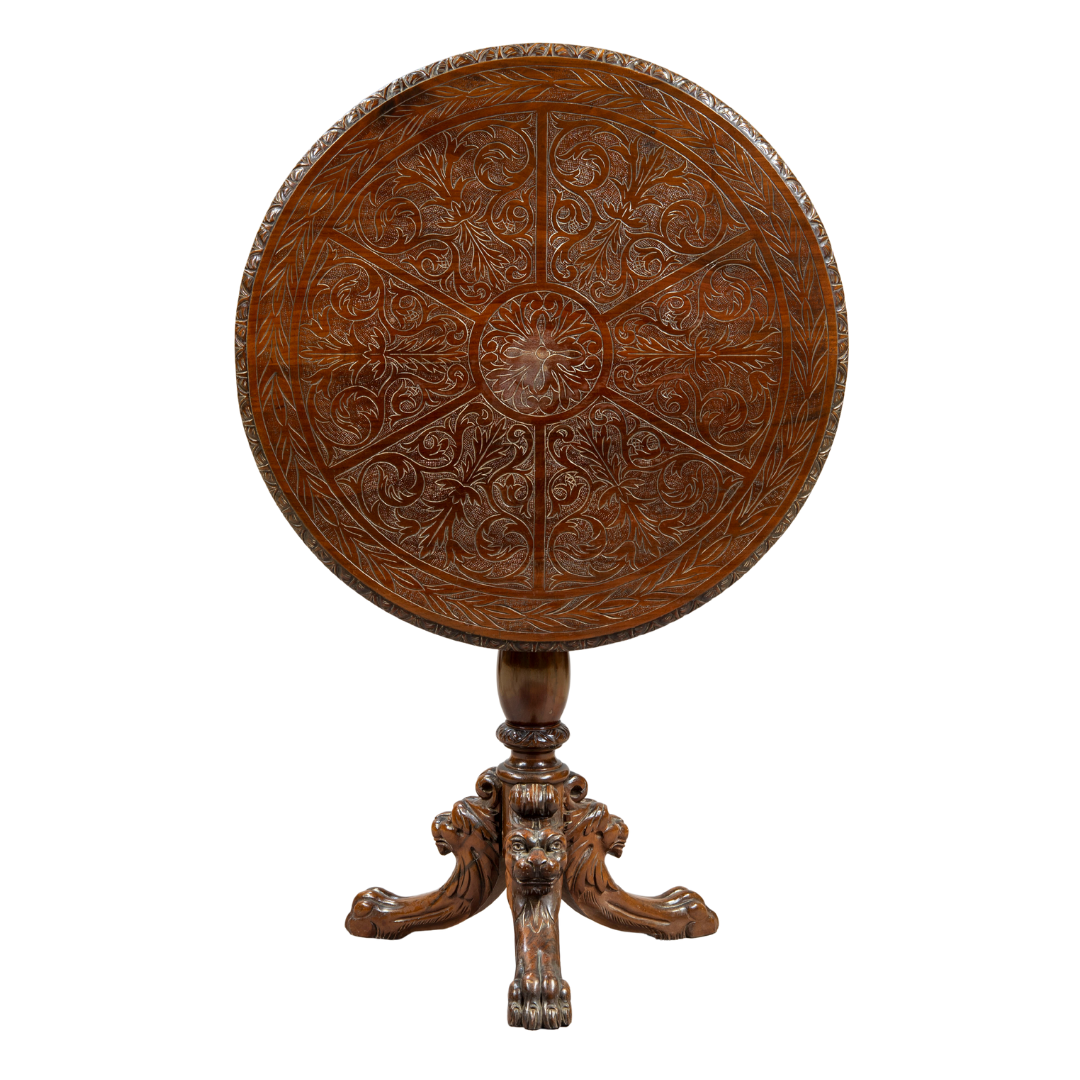
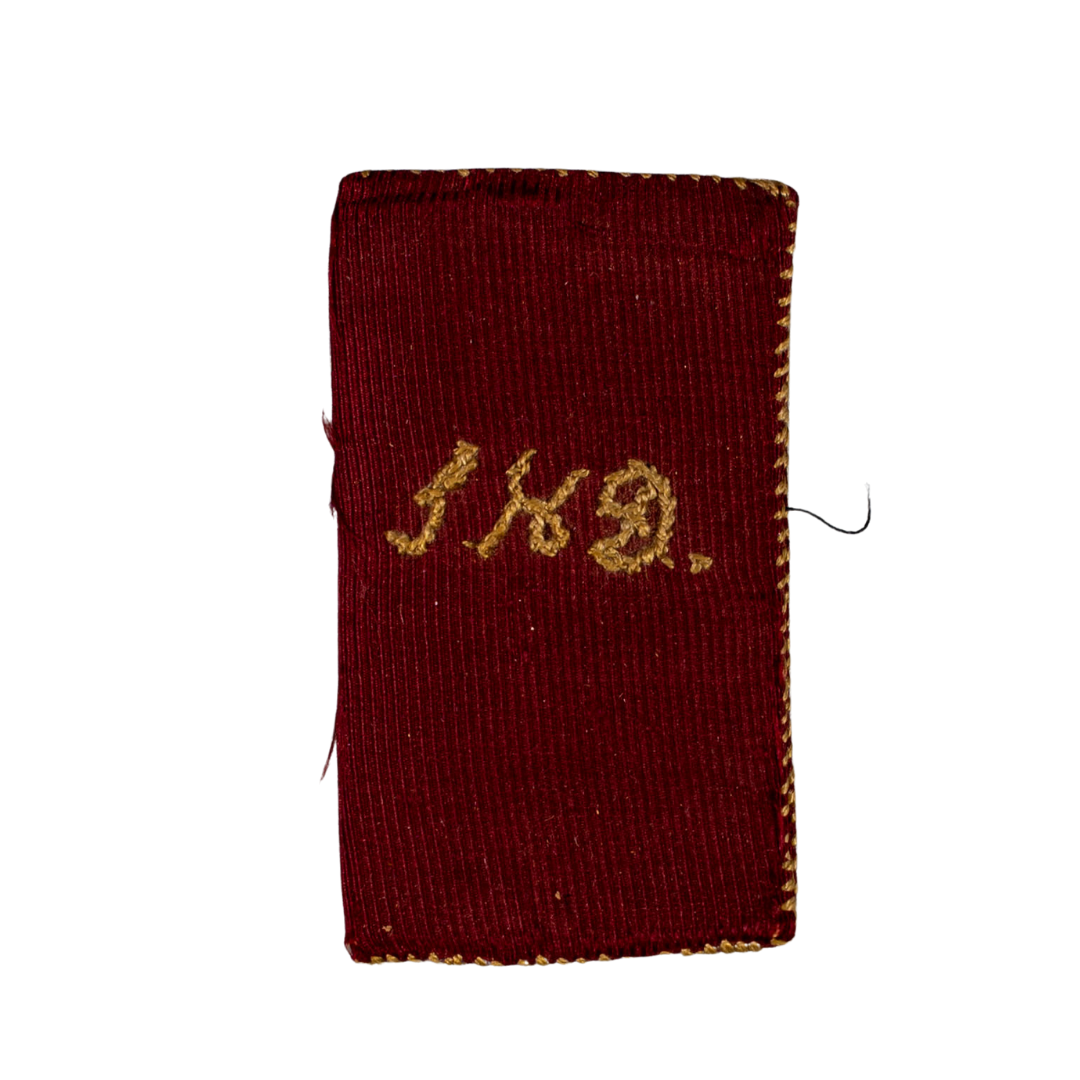
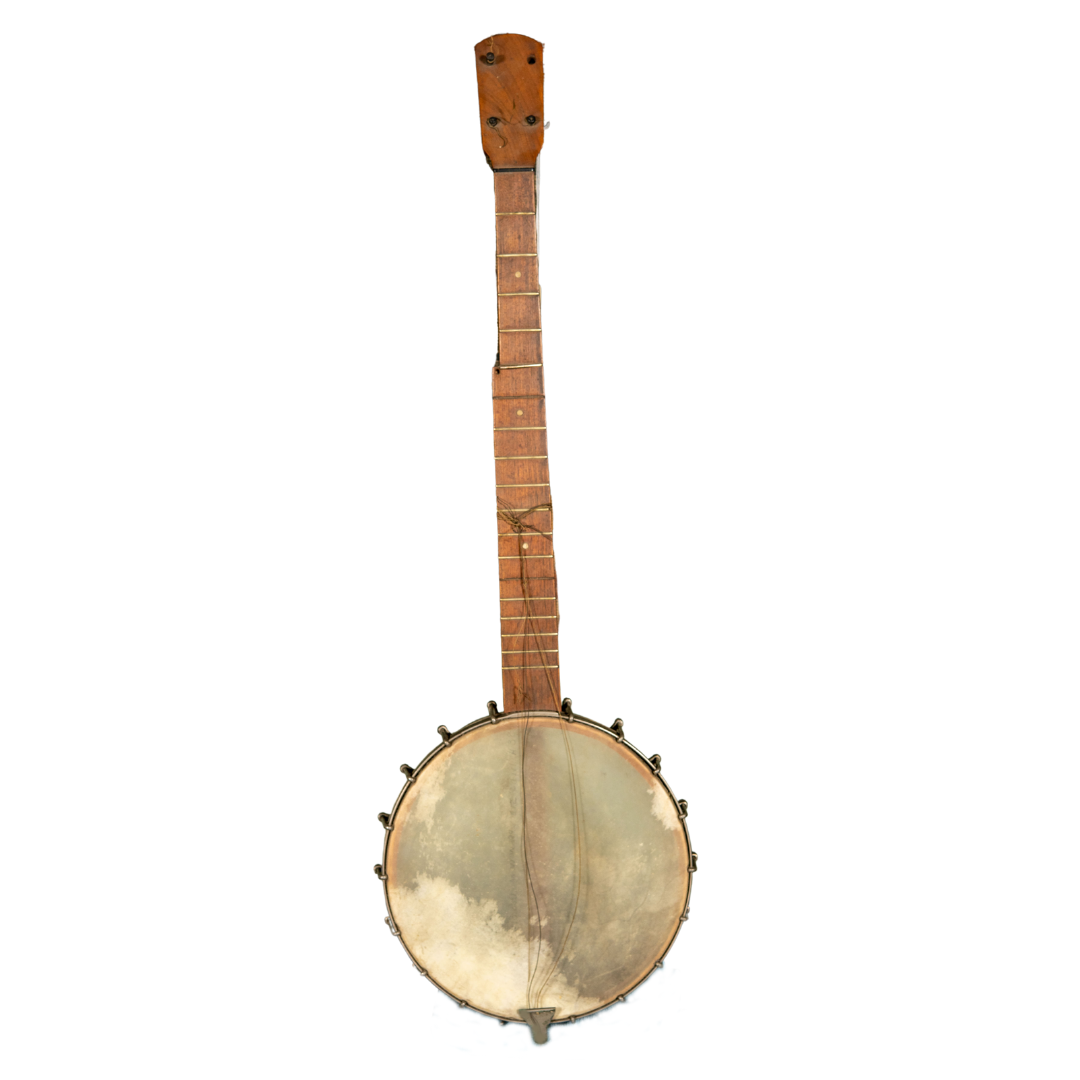
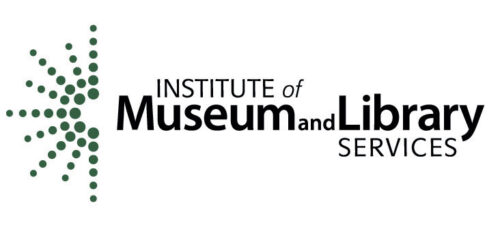
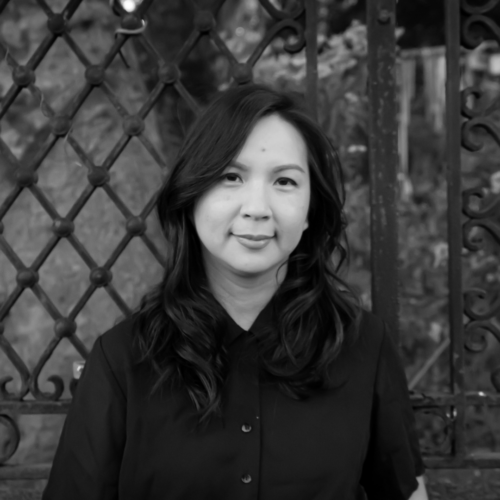
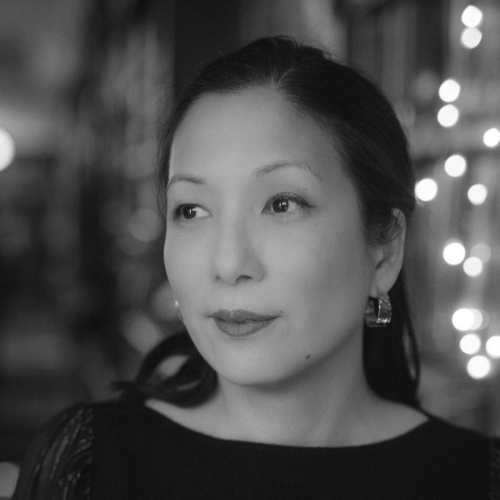 Monica Ong is a visual poet and the author of Silent Anatomies (Kore Press, 2015). A graduate of the Rhode Island School of Design, Ong brings a designer’s eye to experimental writing with her hybrid image-poems and installations that surface hidden narratives of women and diaspora. Her poetry can be found in Scientific American, ctrl+v, and Poetry Magazine, and in the anthology A Mouth Holds Many Things: A De-Canon Hybrid-Literary Collection (Fonograf Editions, 2024). Ong’s most recent series of astronomy-inspired visual poetry was exhibited at the Poetry Foundation and is the basis of her new book Planetaria (Proxima Vera, 2025). You can find her fine press visual poetry editions and literary art objects in over fifty distinguished institutional collections worldwide including Amherst College. In 2024, Ong was named a United States Artists Fellow in Writing.
Monica Ong is a visual poet and the author of Silent Anatomies (Kore Press, 2015). A graduate of the Rhode Island School of Design, Ong brings a designer’s eye to experimental writing with her hybrid image-poems and installations that surface hidden narratives of women and diaspora. Her poetry can be found in Scientific American, ctrl+v, and Poetry Magazine, and in the anthology A Mouth Holds Many Things: A De-Canon Hybrid-Literary Collection (Fonograf Editions, 2024). Ong’s most recent series of astronomy-inspired visual poetry was exhibited at the Poetry Foundation and is the basis of her new book Planetaria (Proxima Vera, 2025). You can find her fine press visual poetry editions and literary art objects in over fifty distinguished institutional collections worldwide including Amherst College. In 2024, Ong was named a United States Artists Fellow in Writing.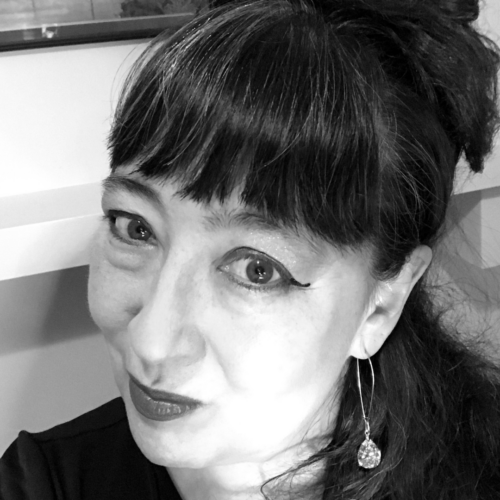 Lee Ann Roripaugh (she/they) is a biracial Nisei and the author of five volumes of poetry, most recently tsunami vs. the fukushima 50 (Milkweed Editions, 2019), which was named a “Best Book of 2019” by the New York Public Library, selected as a poetry Finalist in the 2020 Lambda Literary Awards, cited as a Society of Midland Authors 2020 Honoree in Poetry, and was named one of the “50 Must-Read Poetry Collections in 2019” by Book Riot. Her collection of fiction, Reveal Codes, was selected as winner of the Moon City Press Short Fiction Award and published by Moon City Press in late 2023, and their chapbook, #stringofbeads, a winner in the Diode Editions Chapbook Competition, was released from Diode Press in 2023. She was named winner of the Association of Asian American Studies Book Award in Poetry/Prose for 2004, and a 1998 winner of the National Poetry Series. The South Dakota State Poet Laureate from 2015-2019, Roripaugh is a Professor of English at the University of South Dakota, where they serve as Editor-in-Chief of South Dakota Review.
Lee Ann Roripaugh (she/they) is a biracial Nisei and the author of five volumes of poetry, most recently tsunami vs. the fukushima 50 (Milkweed Editions, 2019), which was named a “Best Book of 2019” by the New York Public Library, selected as a poetry Finalist in the 2020 Lambda Literary Awards, cited as a Society of Midland Authors 2020 Honoree in Poetry, and was named one of the “50 Must-Read Poetry Collections in 2019” by Book Riot. Her collection of fiction, Reveal Codes, was selected as winner of the Moon City Press Short Fiction Award and published by Moon City Press in late 2023, and their chapbook, #stringofbeads, a winner in the Diode Editions Chapbook Competition, was released from Diode Press in 2023. She was named winner of the Association of Asian American Studies Book Award in Poetry/Prose for 2004, and a 1998 winner of the National Poetry Series. The South Dakota State Poet Laureate from 2015-2019, Roripaugh is a Professor of English at the University of South Dakota, where they serve as Editor-in-Chief of South Dakota Review.
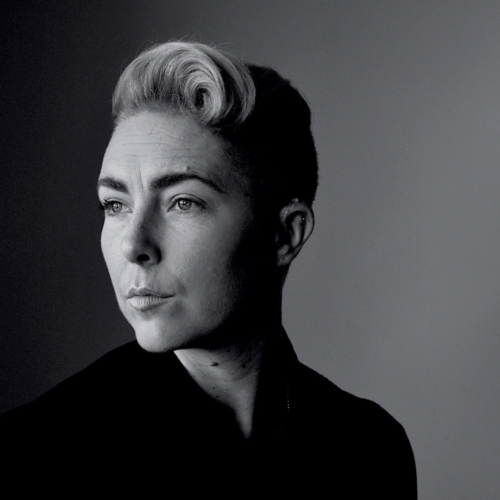 Deaf, genderqueer poet Meg Day is the author of Last Psalm at Sea Level (Barrow Street, 2014), winner of the Publishing Triangle’s Audre Lorde Award, and a finalist for the 2016 Kate Tufts Discovery Award, and the co-editor of Laura Hershey: On the Life & Work of an American Master (Pleiades, 2019). The 2015-2016 recipient of the Amy Lowell Poetry Travelling Scholarship and a 2013 recipient of an NEA Fellowship in Poetry, Day’s work can be found in, or forthcoming from, Best American Poetry, The New York Times, Poetry Magazine, & elsewhere. Day is the 2024 Guggenheim Poet-in-Residence and an Assistant Professor of English & Creative Writing in the MFA Program at NC State.
Deaf, genderqueer poet Meg Day is the author of Last Psalm at Sea Level (Barrow Street, 2014), winner of the Publishing Triangle’s Audre Lorde Award, and a finalist for the 2016 Kate Tufts Discovery Award, and the co-editor of Laura Hershey: On the Life & Work of an American Master (Pleiades, 2019). The 2015-2016 recipient of the Amy Lowell Poetry Travelling Scholarship and a 2013 recipient of an NEA Fellowship in Poetry, Day’s work can be found in, or forthcoming from, Best American Poetry, The New York Times, Poetry Magazine, & elsewhere. Day is the 2024 Guggenheim Poet-in-Residence and an Assistant Professor of English & Creative Writing in the MFA Program at NC State. Poet, memoirist, and translator, Rajiv Mohabir is the author of four books of poetry including Cutlish (Four Way Books 2021) which was a finalist for the National Book Critics Circle Award and recipient of the Eric Hoffer Medal Provocateur. His poetry and nonfiction have been finalists for the 2022 PEN/America Open Book Award, the Lambda Literary Award in Poetry and in Nonfiction, the Randy Shilts Award for Gay Nonfiction, and both second place and finalist for the Guyana Prize for Literature in 2022 (poetry and memoir respectively). His translations have won the Harold Morton Landon Translation Award from the American Academy of Poets in 2020. Whale Aria (Four Way Books 2023) is his fourth collection of poetry and currently he is an assistant professor of poetry at the University of Colorado Boulder.
Poet, memoirist, and translator, Rajiv Mohabir is the author of four books of poetry including Cutlish (Four Way Books 2021) which was a finalist for the National Book Critics Circle Award and recipient of the Eric Hoffer Medal Provocateur. His poetry and nonfiction have been finalists for the 2022 PEN/America Open Book Award, the Lambda Literary Award in Poetry and in Nonfiction, the Randy Shilts Award for Gay Nonfiction, and both second place and finalist for the Guyana Prize for Literature in 2022 (poetry and memoir respectively). His translations have won the Harold Morton Landon Translation Award from the American Academy of Poets in 2020. Whale Aria (Four Way Books 2023) is his fourth collection of poetry and currently he is an assistant professor of poetry at the University of Colorado Boulder.